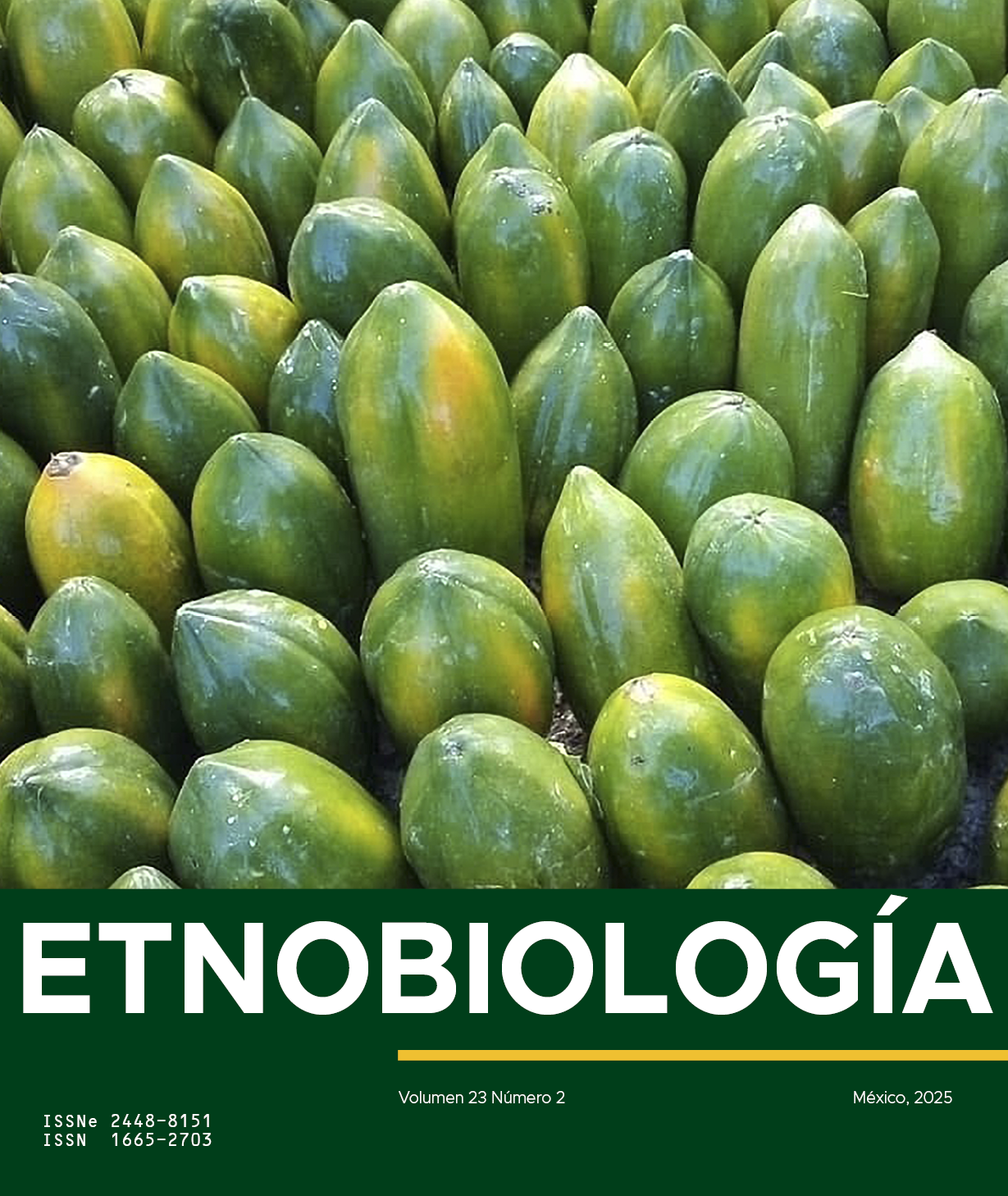Chiropetalum tricuspidatum: Una Fuente Olvidada de Colorante Azul en Chile y su Relación con Otros Azules Históricos
Una Fuente Olvidada de Colorante Azul en Chile y su Relación con Otros Azules Históricos
Abstract
Native indigo bearing plants can be found almost globally, and they have been used for millennia to dye textiles with blue. Since Pre-Columbian times, textiles have been dyed blue in central south Chile, but only one plant – Chiropetalum tricuspidatum - is mentioned as a potential source of blue by the historical sources. Nowadays, this plant is not used in natural dyeing. A review of the historical and scientific literature was carried out, aimed to identify the procedures used to obtain blue from this plant or other plants from the same family, and to determine if they contain any precursor of indigo or other substances able to produce a blue dye, according to phytochemical analyses. Additionally, samples of Chiropetalum tricuspidatum were observed. According to the literature review, two plants of the Euphorbiaceae family had been used historically to produce blue color in Europe and Asia. In both cases, a poor fastness on textile fibers was reported. The blue color produced by these plants is due to hermidin, and no indigo precursors are present. Direct observations of ventosilla agree with reports about these plants: the dried parts of the plant are blue, and the soaking water initially is colored blue, but the day after, it had turned red. Future research should explore other possibilites suggested by the literature, such as the utility of ventosilla in indigo vats as a reducer, if the use of mineral mordants could improve its fastness, and its potential use in paint making.
Copyright (c) 2025 Ximena Moreno Herrera, Marcela Ibañez Muñoz (Autor/a)

This work is licensed under a Creative Commons Attribution-NonCommercial 4.0 International License.


